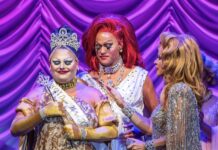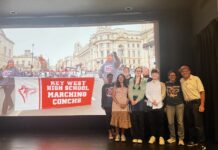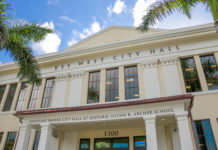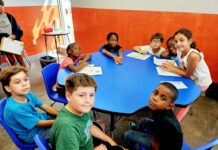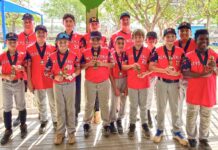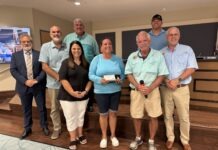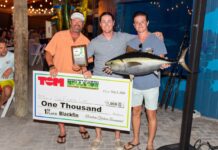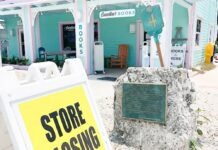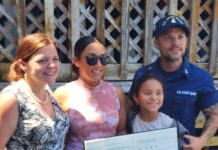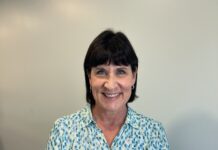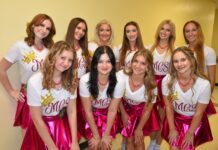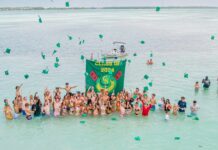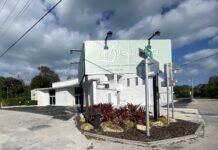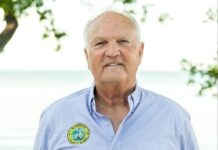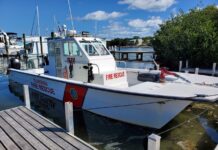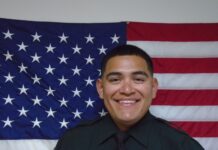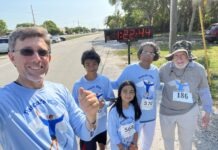
Award-winning author and journalist Willie Drye is both fascinated and frightened by hurricanes. On Saturday, Aug. 1, Drye will compare the infamous Labor Day Hurricane, the “monster storm” that blasted the Keys in 1935, to Hurricane Donna in 1960 and Hurricane Irma in 2017. The talk will be hosted on Zoom through Islamorada Library.
In 1954, Drye witnessed firsthand the aftermath of Hurricane Hazel, which ripped through his native North Carolina.
“It blew my 5-year-old mind,” he said. “It didn’t freak me out; I thought it was kinda neat.”
Fast forward to 1992, when Drye covered Hurricane Andrew’s impact on South Florida and was truly scared by what he saw ‒ total devastation.
“I decided that if I was going to live in a part of the country where Andrew could strike, the only way I could do that and stay sane was to learn everything possible about hurricanes that I could,” he said.
When he came across the Labor Day Hurricane of 1935, Drye couldn’t believe it was more powerful than Andrew had been. A magazine article assignment about the “storm of the century” gave Drye a reason to delve even further into the stories of the hurricane.
While the plot of most hurricane stories is the same, Drye said, with a storm forming, coming ashore, doing damage and possibly killing some, followed by survivors coming together, the Labor Day Hurricane was different.
“It had all these layers of complexity, from the sheer intensity of the hurricane and its occurrence during the Great Depression, to the fact that poor World War I vets were, through no fault of their own, put in harm’s way because the government was trying to help people by sending them to the Keys to work,” Drye said.
He is referring to the hundreds of World War I veterans killed by the hurricane’s 200-mph winds and 22-foot storm surge. They were working on a New Deal construction project in the Upper Keys meant to help turn the island chain into a tourist destination. They got stuck here when the storm hit.

The most compelling story Drye encountered is of Bernard Russell, whose family settled in Islamorada in 1850. Russell was 16 when the hurricane ripped through, Drye recounted. His family rode out the storm in a lime packing house doubling as a storm shelter. The shelter, despite being “as solid as you can make a house without making it out of concrete, which wasn’t available then,” was completely destroyed by the hurricane, and only 12 of 53 members of the Russell family survived.
“Bernard was one of them,” Drye said. “He was caught on top of a pile of rubble with storm surge coming in, and the only way he was able to breathe was to hold his breath when crests of waves went over him and to stick his head above the water and gulp a breath during the troughs. He doesn’t know how long he did that, but somehow he survived.”
Drye and Russell became “pretty good friends,” and the journalist described the storm survivor as the “living link” to a past long gone.

“The Keys were changed that night,” Drye explained. “After the Labor Day Hurricane, the old Florida Keys were gone.”
Russell lived in Islamorada until he died in 2003. His nephew still lives there.
This story and more appear in Drye’s book, “Storm of the Century: The Labor Day Hurricane of 1935.” He has now updated that classic to include a detailed chapter about Hurricane Irma, as well as discussions of other devastating hurricanes.
Drye will discuss the many stories and nuances of the three big storms to hit the Keys in his talk, as well as his biggest takeaway from years of researching hurricanes: “Don’t ever allow yourself to believe that things will work out how you want. That’s where people get themselves in trouble.”
The presentation will take place virtually at 2 p.m. Saturday, August 1, 2020. Email caria-charlotte@monroecounty-fl.gov for the Zoom invitation.
